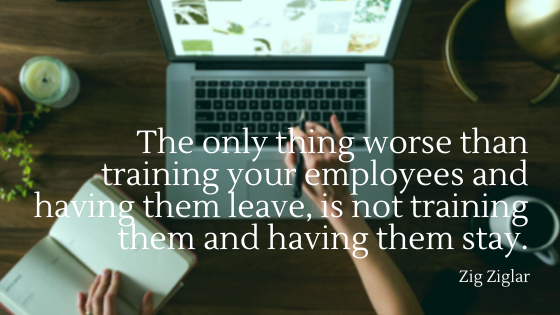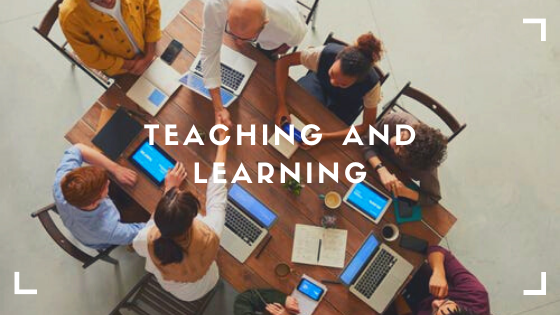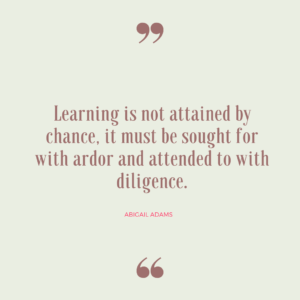For many years, life was a process of accumulation: Knowledge, friends, possessions, family members, status – the list goes on and on. Those years were marked by milestones such as graduations, marriage, birth of a child, buying the first (and subsequent) houses. They were heady times as I looked to achieve and grow. These past two and a half years have changed my focus. Now I am letting go. It’s a new stage in life, one that I was abruptly forced into in March 2022.
My life in early 2022 revolved around my work at a real estate brokerage, being an empty-nester with my husband Scott, working on home improvement projects, and day-to-day life. We enjoyed trips to visit our daughter, going to Columbus Crew games, participating with our church family in projects and faith formation, and going to concerts and the ballet. Then Scott died suddenly and unexpectedly. I was thrust into uncharted territory. My recollection of the time immediately after his death is hazy. I recall bits and pieces of work and tasks I needed to complete. I learned later that this is not unusual for people in grief.
Fortunately I found a place where I could connect with others who had lost loved ones. I participated in both group and individual counseling. The process of letting go of my old self and determining who and what I would be after my life with Scott took time. The trauma of his death still visits me, but I don’t let it stick around for long. Grief ebbs and flows, sometimes very present and at others, hardly noticeable. I have learned that it is a journey and can vary from day to day. I had to let go of the notion that some day I would just be done with it.
If learning to live without your spouse of 31 years is not enough, my career in real estate brokerage operations ended at the end of 2022 when the company I was working for imploded. My position was terminated shortly before Christmas, leaving me with few options: Look for a position with another real estate brokerage or return to commissioned sales. After some consideration and discussion with my financial advisor, I decided to retire at the end of that year. I quickly realized that in the US, we are what we do. If I did nothing, was I nothing?
Letting go of a 25-year career in real estate has not happened overnight. I have kept my license active and remain a member of the Realtor® organizations – at least for now. I began the slow process of considering a life outside real estate training and brokerage operations two years ago, and now I’m ready to disengage. This became very evident to me as I spent hours and hours purging files from a variety of boxes and file cabinets. I just don’t need them anymore.
I am discovering that I don’t need a lot of the things I have kept. I have married again (a wonderful man who “gets” me), and we decided to sell both of our houses and buy a new (as in newly built) house for our life together. This necessitated another act of letting go – of things accumulated over almost 40 years of college, graduate school, teaching, and everything else that comes with building a family and a home. I became ruthless, filling the recycling bin weekly and making untold numbers of trips to donate “stuff.” In the process I discovered that these things trigger memories, some enjoyable and some not so enjoyable. It has been a process of asking myself: what do I really need? What do I want to carry with me?
And then there’s the house itself. I felt that I was ready to sell when we put it on the market. Since selling I have had mixed emotions about leaving. I am comfortable here, and not so comfortable here. I always enjoyed living in this house, but it’s not right for us now. There are memories attached to this place; I fear losing the good ones and desperately want to leave the bad ones behind. The day is coming closer and closer that we will walk out the door for the last time and I’ll be forced to let go and move on.
I have found that letting go can be cathartic, ridding myself of the physical and mental baggage acquired over the years. Even when forced into letting parts of our lives go, we can learn from the process. It’s not easy. I have learned a lot about myself. I have become more resilient. I have learned to take care of myself in ways I didn’t previously. I have learned to let go of expectations I have of myself or those that others have of me that don’t serve me. It is a process, though, and some days it’s easier to clean out a closet than others.
Accordingly, my focus here shifts as well. I am letting go of being the subject matter expert in training and education. I will continue to share things that I learn about myself and the world, but these articles will not be centered on training and education or real estate. I hope that by letting go of that role, my other interests can step forward to fill the gap.


















